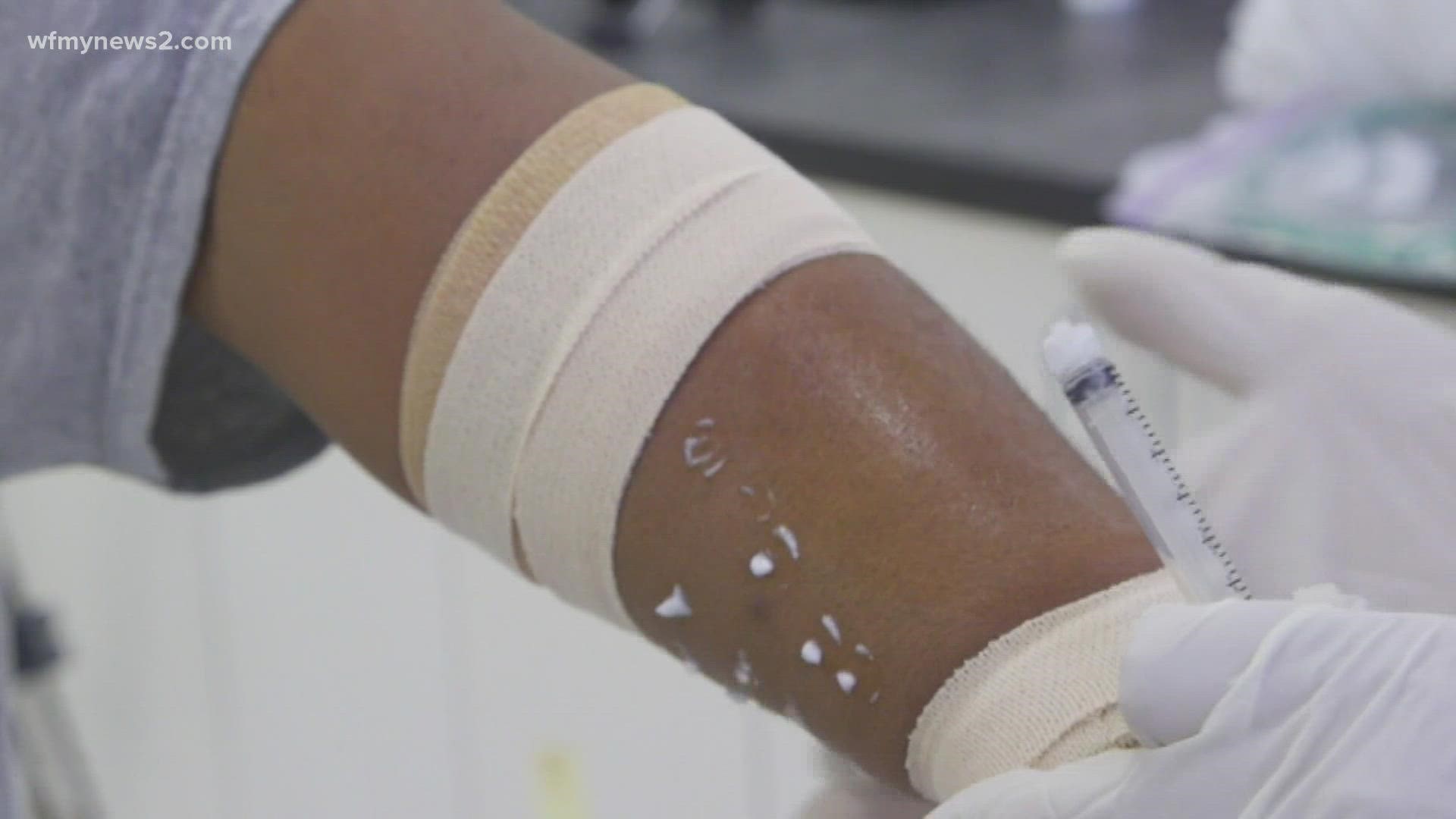GREENSBORO, N.C. — Bug season is here, which means you’ll need a good insect repellent to protect you from bites. Not all repellents can get the job done. Consumer Reports has tested more than 50 of them to find out which ones will let you enjoy the great outdoors, bug-free.
Insect repellent sprays, lotions, and wipes—CR has put them all to the test. That means having willing panelists stick their arms into cages filled with 200 disease-free mosquitoes after having a standard dose of repellent applied to their skin. If that sounds scary, think of this...
"Of course the insects that might bite you aren’t necessarily disease-free. And with cases of mosquito- and tick-borne diseases on the rise, it’s crucial to protect yourself," said Catherine Roberts, Consumer Reports Health Editor.
Take Lyme disease. The Centers for Disease Control and Prevention estimated that 476,000 cases occurred each year between 2010 and 2018, up nearly 45 percent from the decade prior.
CR’s testing paints a pretty clear picture: No matter which brand or type of repellent you’re using, products made with 25% to 30% DEET work the best.
Repellents that earn a recommendation from CR include 3M Ultrathon Insect Repellent8, and Ben’s Tick and Insect Repellent Wilderness Formula Pump. Both excelled in protecting against mosquitos and ticks.
No matter which repellent you choose, to be effective it has to be applied properly. Follow the directions on the label, and use a thin coat on all exposed skin. You can also spray it on top of your clothes, but don’t apply it under your clothing.
Don’t let children apply their own bug spray. Instead, spray it onto your hands, then rub it onto the child’s exposed skin and face.
If you prefer not to use DEET, CR also recommends some repellents made with 20% picaridin or 30% oil of lemon eucalyptus.

